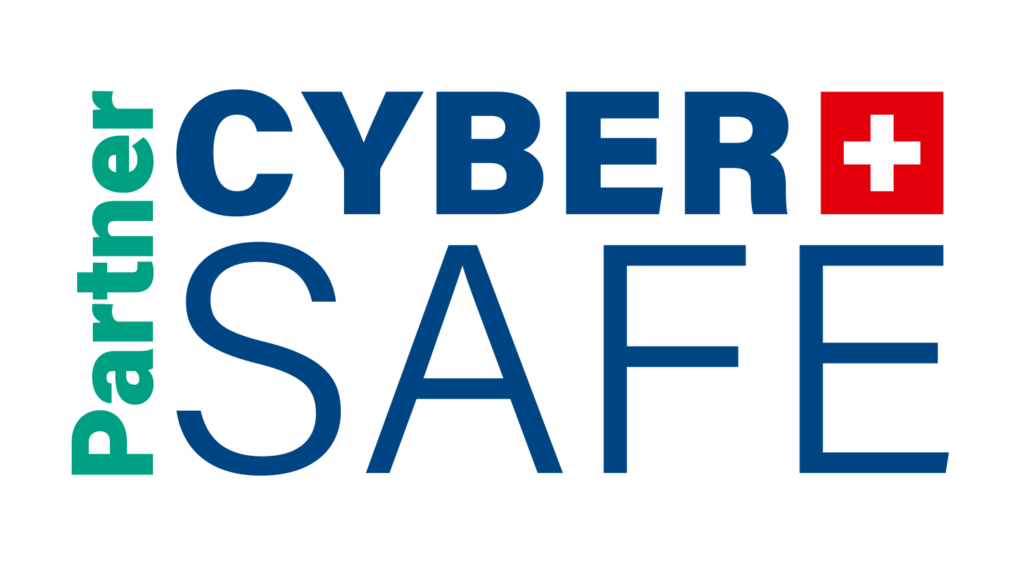Featured Story
Patch Now: Another Google Zero-Day Under Exploit in the Wild
Google has released an emergency patch for CVE-2024-4947, the third Chrome zero-day vulnerability addressed in a single week. The flaw is under active exploitation, prompting immediate action from users. This vulnerability also impacts Chromium-based browsers like Microsoft Edge. Microsoft has acknowledged the issue and is working on a fix.
Other Stories
Beware of Message Abusing Centre for Cybersecurity Belgium Logo and Name
A scam message is circulating claiming to be from the Centre for Cybersecurity Belgium (CCB), asking recipients to deposit €190 in exchange for a supposed €90,450 refund. The message is fraudulent and does not originate from the CCB.
QakBot Attacks with Windows Zero-Day (CVE-2024-30051)
Kaspersky researchers identified a real privilege escalation zero-day vulnerability in Windows Desktop Window Manager, now tracked as CVE-2024-30051. The flaw, exploited by QakBot and other malware, was patched by Microsoft on May 14.
44% of Cybersecurity Professionals Struggle with Regulatory Compliance
According to research by Infosecurity Europe, nearly half of cybersecurity professionals struggle with complex and time-consuming regulations. Compliance with laws like SOX and the EU Cybersecurity Act remains a significant challenge for many organizations.
Millions of IoT Devices at Risk From Flaws in Integrated Cellular Modem
Vulnerabilities in Telit’s Cinterion modems, used in critical IoT devices, expose systems to remote code execution. The most severe, CVE-2023-47610, allows attackers to execute arbitrary code via SMS messages.






